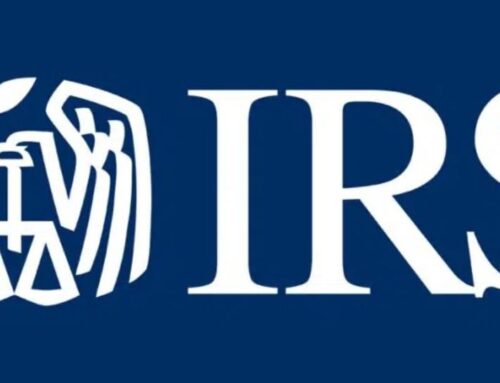For more detailed information as it might pertain to your situation, please contact your Pivot tax professional.
The Internal Revenue Service (IRS) published the new 2018 W-4 form on Feb. 27, 2018. Employers use the form to withhold the correct amount of federal income tax from workers’ pay.
Accurate withholding is meant to get individuals close to their true tax liability at the end of the year. However, the new tax code, passed into law in December, made significant changes to calculations for income tax liability. Employers and employees alike need to reexamine withholding needs to ensure precision.
The IRS intended that tax withholding under the new law should work with the 2017 W-4 form. This required revisions to retain components such as personal exemptions, which are no longer in the tax code. The 2018 W-4 retains the personal exemption because those still using the previous year’s form need to have it. The new W-4’s instructions and calculations attempt to get individuals closer to their tax liability for 2018.
Highlights from the changes
Exemption from withholding
The IRS changed instructions for claiming exemptions from withholding. Now you must indicate that for both 2017 and current year 2018 you had or expect no tax liability.
Withholding calculator
The IRS released its withholding calculator on Wed., Feb. 28. The W-4 instructions state that if you use the withholding calculator, you don’t need to complete any of the worksheets for Form W-4. This was not stated on the previous W-4. It may indicate that the withholding calculator is the most reliable method to get your withholding closest to your tax liability.
Calculating personal allowances
The 2018 W-4:
- Removed the reference to dependents whom you can claim on your tax return.
- Changed the calculation for the child tax credit to reflect the new amount and the significant increase in the phase-out amounts.*
- Added the credit for non-child dependents to factor into allowances.*
*While the new calculation more accurately reflects what the taxpayer should claim to get withholding closer to tax liability at the end of the year, it still is not precise. Tax credits function differently from deductions. To retain the allowances in the withholding process for this year, the IRS has had to calculate the approximate amount of deduction necessary based on incremental tax rates of various income brackets.
Changes to Deduction, Adjustments and Additional Income Worksheet
What The IRS changed:
-
The estimate of itemized deductions to reflect the new tax law referencing the $10,000 cap on state and local taxes (including property and income taxes) and the change to medical expenses in excess of 7.5 percent.
-
The wage thresholds and amounts for the Two-Earners/Multiple Jobs Worksheet to reflect the dynamic of the new tax code on these taxpayers.
What do employers and employees need to do?
The IRS is not requiring employers to obtain new W-4s from their employees, as it revised the withholding tables to function with the old W-4 for 2018. However, businesses might want to notify their employees of this fact.
Because of the significant changes in the new tax code, employees may want to ensure that their current withholding is appropriate. Many employers may have already received inquiries, and now they can direct staff to the new 2018 W-4. Companies can refer staff to the updated withholding calculator from the IRS. Employees can use it to help ensure they do not face surprises next year when they file their income tax returns.
Employers will need to ensure they adjust withholding appropriately for employees who choose to complete a new W-4.
Still pending
-
Changes to how states interact with federal withholding and the federal W-4. Many states use the federal code as a starting point for tax liability and withholding. State regulators and legislators are debating whether they will decouple from the federal code, and if so, to what extent. Effects on the states and their employers will unfold in the months to come.
-
Further revisions to withholding rules in 2019, as the IRS might seek to shape withholding to more closely mimic the new tax code. In particular, the agency could revise the structure of withholding from deductions to tax credits, removing references to personal deductions, which are no longer a factor in the new code. To accomplish this, the IRS in 2019 may require employers to get new W-4s from their employees or some subset of their employee population.
For more detailed information as it might pertain to your situation, please contact your Pivot tax professional


